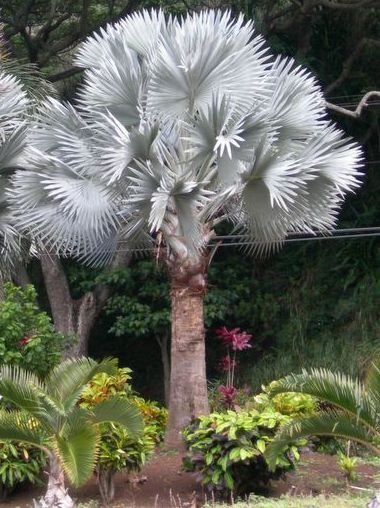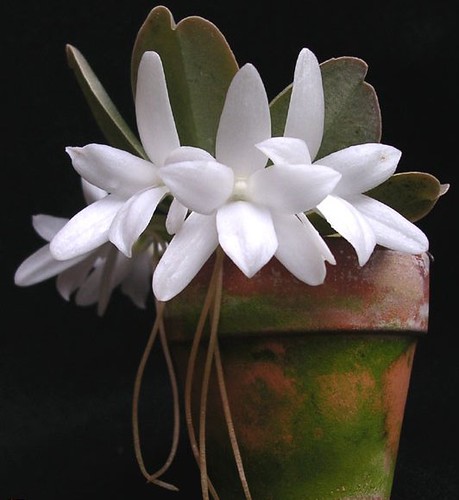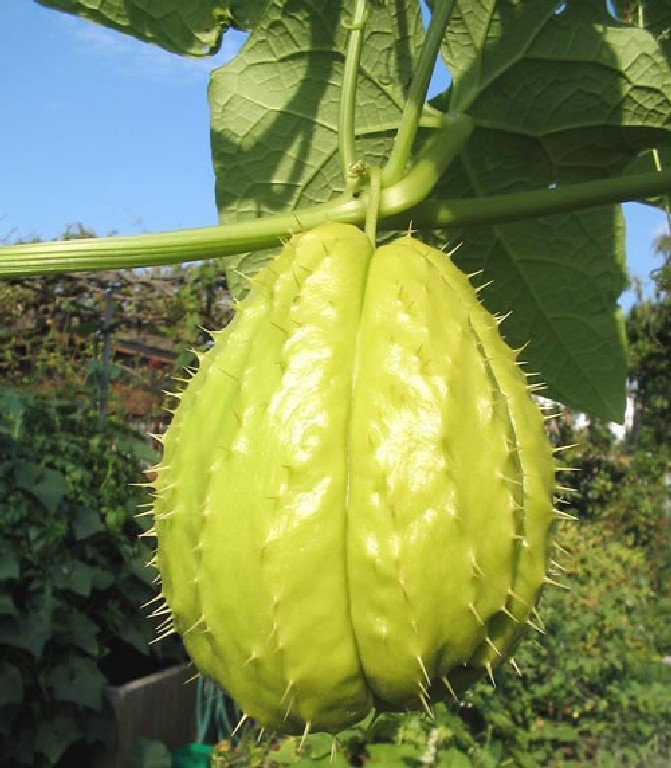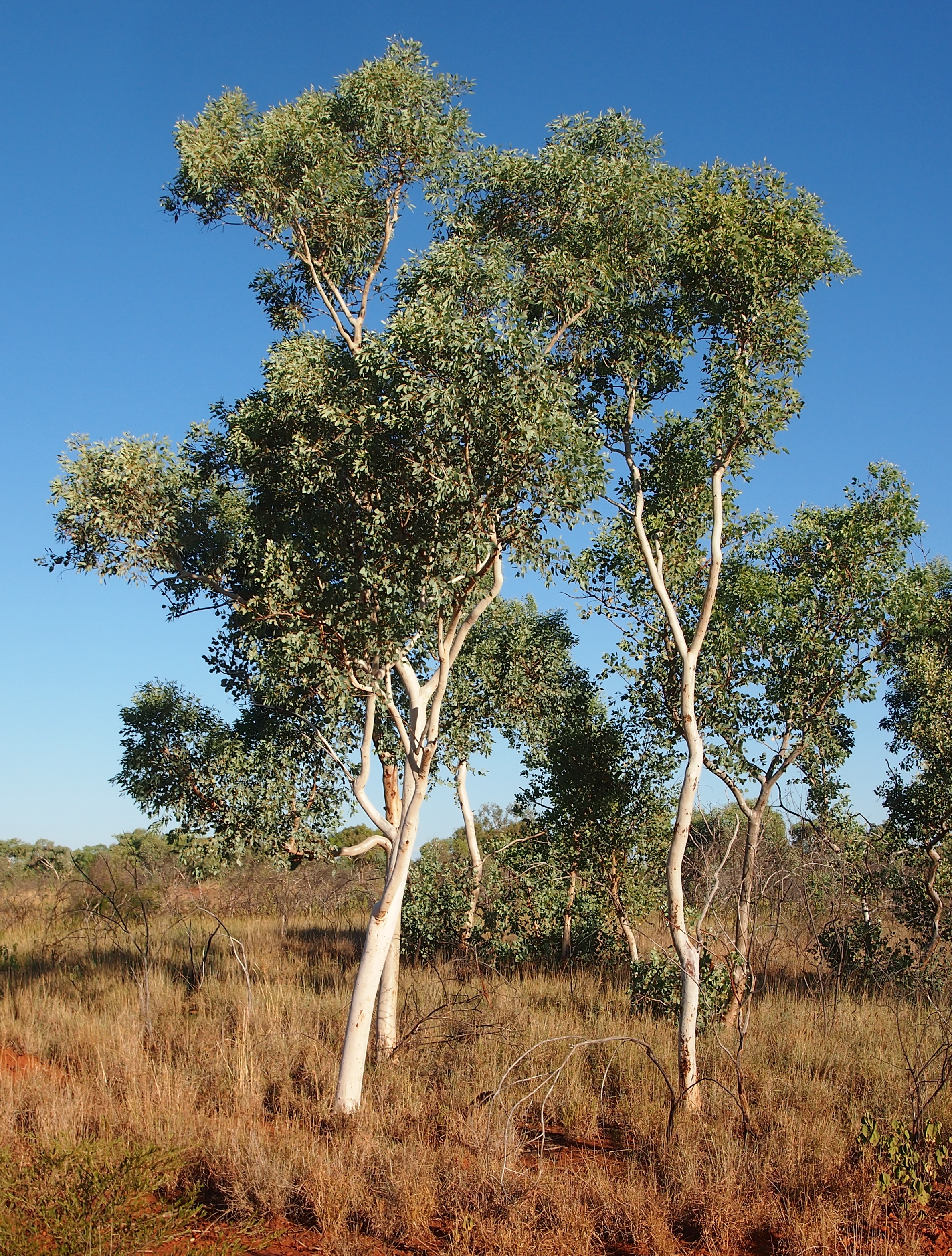 Ericaceae is a family of flowering plants found most commonly in acid and infertile growing conditions. The family is large, with roughly 4000 species spread across 126 genera, making it the 14th-most-speciose family of flowering plants. The many well-known and economically important members of the Ericaceae include the cranberry, blueberry, huckleberry, azalea, rhododendron, and various common heaths and heathers (Erica, Cassiope, Daboecia, and Calluna for example).
Ericaceae is a family of flowering plants found most commonly in acid and infertile growing conditions. The family is large, with roughly 4000 species spread across 126 genera, making it the 14th-most-speciose family of flowering plants. The many well-known and economically important members of the Ericaceae include the cranberry, blueberry, huckleberry, azalea, rhododendron, and various common heaths and heathers (Erica, Cassiope, Daboecia, and Calluna for example).Distribution and ecology
 The Ericaceae have a nearly worldwide distribution. They are absent from continental Antarctica, parts of the high Arctic, central Greenland, northern and central Australia, and much of the lowland tropics and neotropics.
The Ericaceae have a nearly worldwide distribution. They are absent from continental Antarctica, parts of the high Arctic, central Greenland, northern and central Australia, and much of the lowland tropics and neotropics.The family is largely composed of plants that can tolerate acidic, infertile conditions. Like other stress-tolerant plants, many Ericaceae have mycorrhizal fungi to assist with extracting nutrients from infertile soils, as well as evergreen foliage to conserve absorbed nutrients. This trait is not found in the Clethraceae and Cyrillaceae, the two families most closely related to the Ericaceae. Most Ericaceae (excluding the Monotropoideae, Pyroloideae, and some Styphelioideae) form a distinctive accumulation of mycorrhizae, in which fungi grow in and around the roots and provide the plant with nutrients. The Pyroleae tribe are mixotrophic and gain sugars from the mycorrhizae, as well as nutrients.
In many parts of the world, a "heath" or "heathland" is an environment characterised by an open dwarf-shrub community found on low-quality acidic soils, generally dominated by plants in the Ericaceae. A common example is Erica tetralix. This plant family is also typical of peat bogs and blanket bogs; examples include Rhododendron groenlandicum and Kalmia polifolia. In eastern North America, members of this family often grow in association with an oak canopy, in a habitat known as an oak-heath forest.
Some evidence suggests eutrophic rainwater can convert ericoid heaths with species such as Erica tetralix to grasslands. Nitrogen is particularly suspect in this regard, and may be causing measurable changes to the distribution and abundance of some ericaceous species.







.jpg)

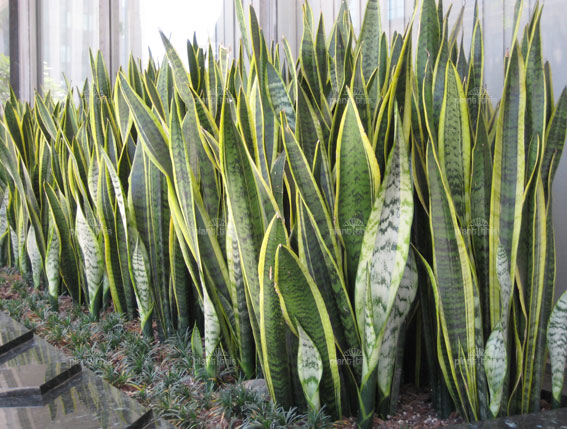


![[Leuchtenbergia+principis+(76).JPG]](https://blogger.googleusercontent.com/img/b/R29vZ2xl/AVvXsEg_DML3p8bKPJQmX7GYM2Cqu7yF_6XTL5_A1-xi_k0oekBFQyBAexSSF3tfyzZegH9D6xkefRE9N5JtIfSUQ_PA0n1fwBZT1e8oCAC4HWzydKzApJCjzgp-h7EwTca8iFbbVZArQ2kUJL4G/s280/Leuchtenbergia+principis+(76).JPG)




